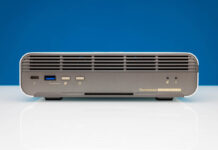PCMark 10
We ran two benchmarks using PCMark 10: the Full System Drive Benchmark as well as the Data Drive Benchmark.
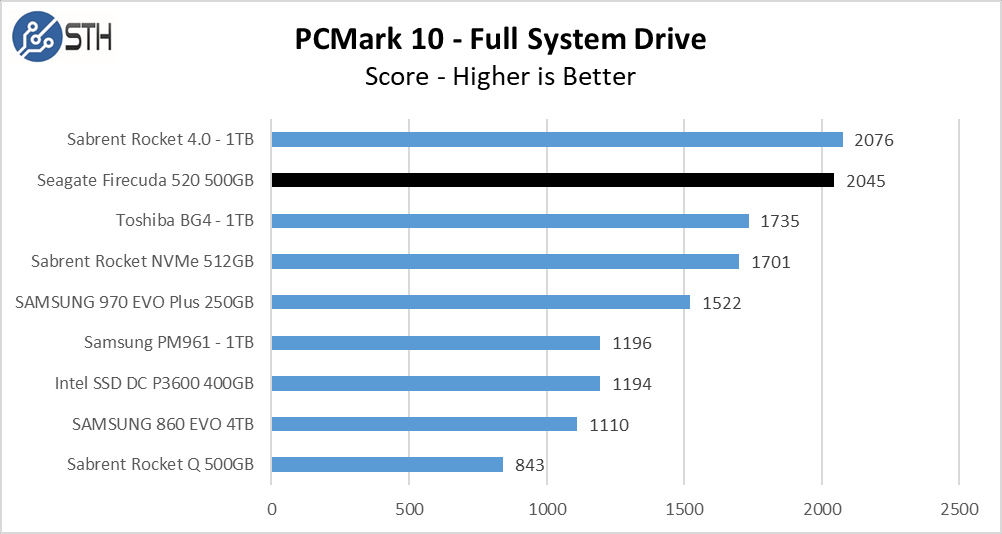
The Firecuda 520 500GB again performs well, besting the PCIe 3.0 drives we have tested.
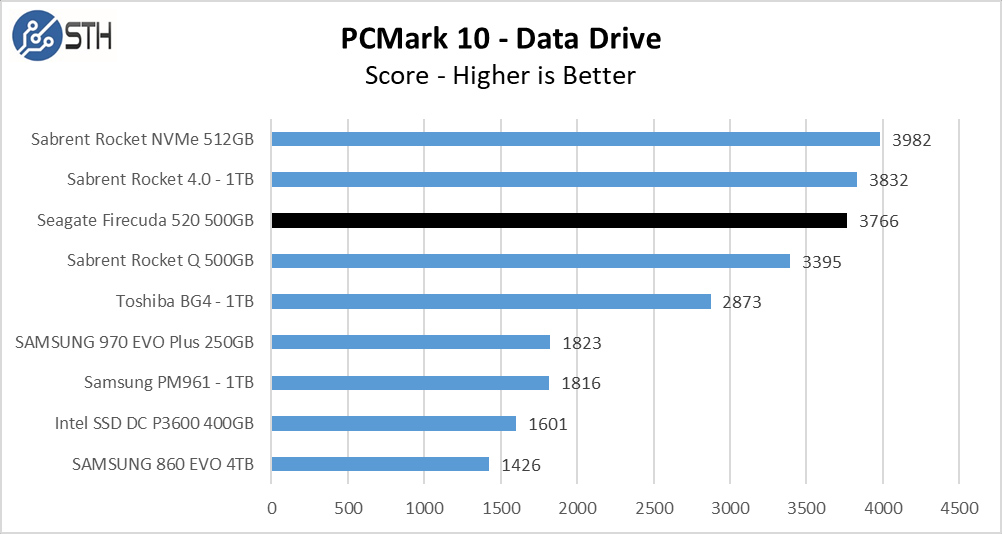
For the Data Drive benchmark, the Firecuda drive does decently. All of the Phison based SSDs do well in this benchmark, even the PCIe 3.0 ones, indicating that they play nicely with the workload in this particular test.
SPECworkstation 3.0.2 Storage Benchmark
SPECworstation benchmark is an excellent benchmark to test systems using workstation type workloads. In this test, we only ran the Storage component, which is 15 separate tests.
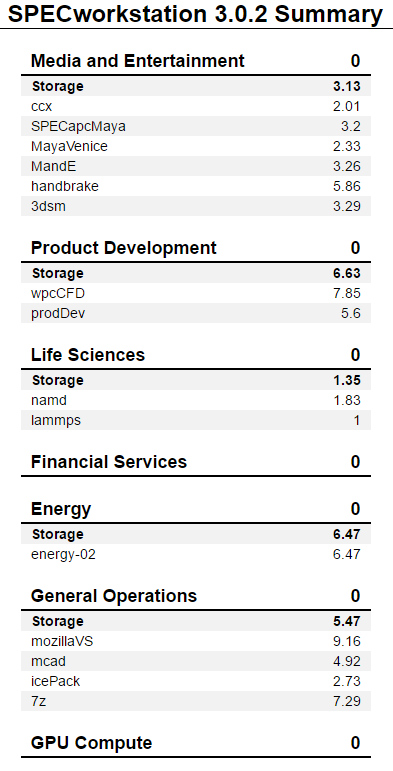
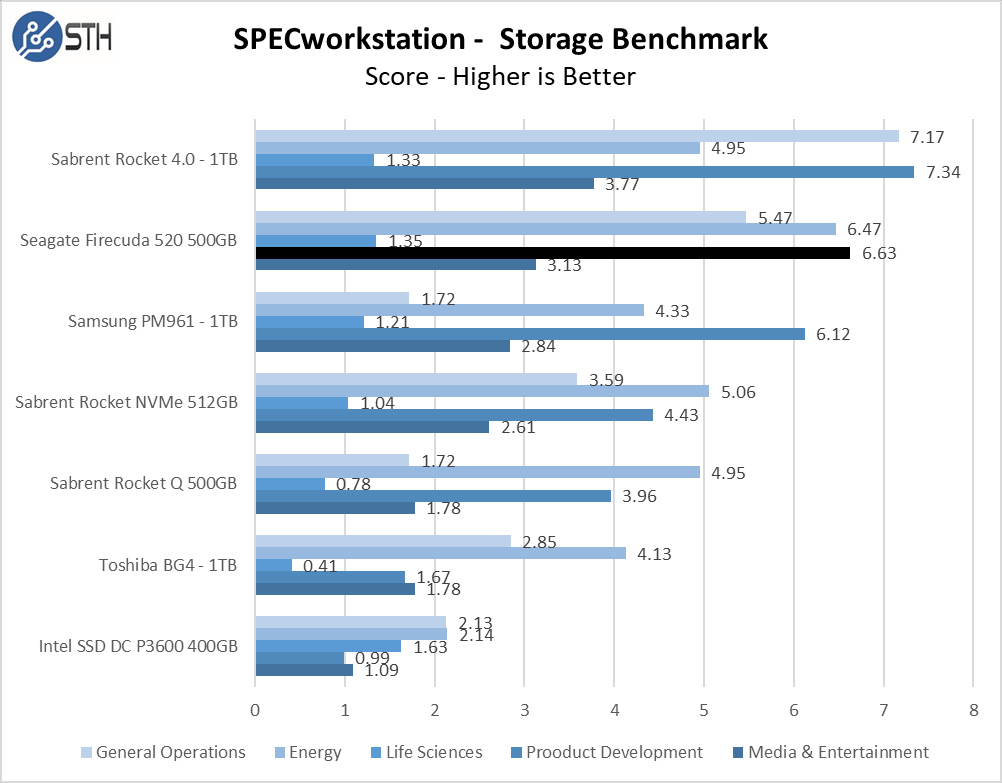
The Firecuda 520 500GB finishes strong here, losing out only to the larger capacity Sabrent Rocket 4.0 1TB drive.
Temperatures
We monitored the idle and maximum temperature during testing with HWMonitor to get some idea of the thermal performance and requirements of the drive. Please keep in mind that our test bench is an open frame chassis in a 22º C room, and is thus not representative of a cramped low-airflow case.

The Firecuda 520 had an average idle temperature, with a warm but not worrisome load temperature. This is impressive given that the Firecuda lacks any form of heat spreader and is a double-sided drive. Some other high-performance PCIe 4.0 SSDs require heatsinks under load to keep temperatures reasonable, and that does not seem to be the case with the Seagate.
Final Words
The Seagate Firecuda 520 500GB is a premium PCIe 4.0 SSD that retails for around $130. This puts its price at a slight premium to the Corsair Force MP600 and Sabrent Rocket 4.0 500GB drives. The Firecuda 520 500GB read performance was good for a PCIe 4.0 SSD, but if truly high performance write speeds are needed then a larger capacity drive should be considered for the performance benefits. As it stands, the Firecuda would be appropriate for use as a workstation drive, server boot volume, or SSD read cache drive for a storage array or NAS device, especially with the relatively high write endurance.
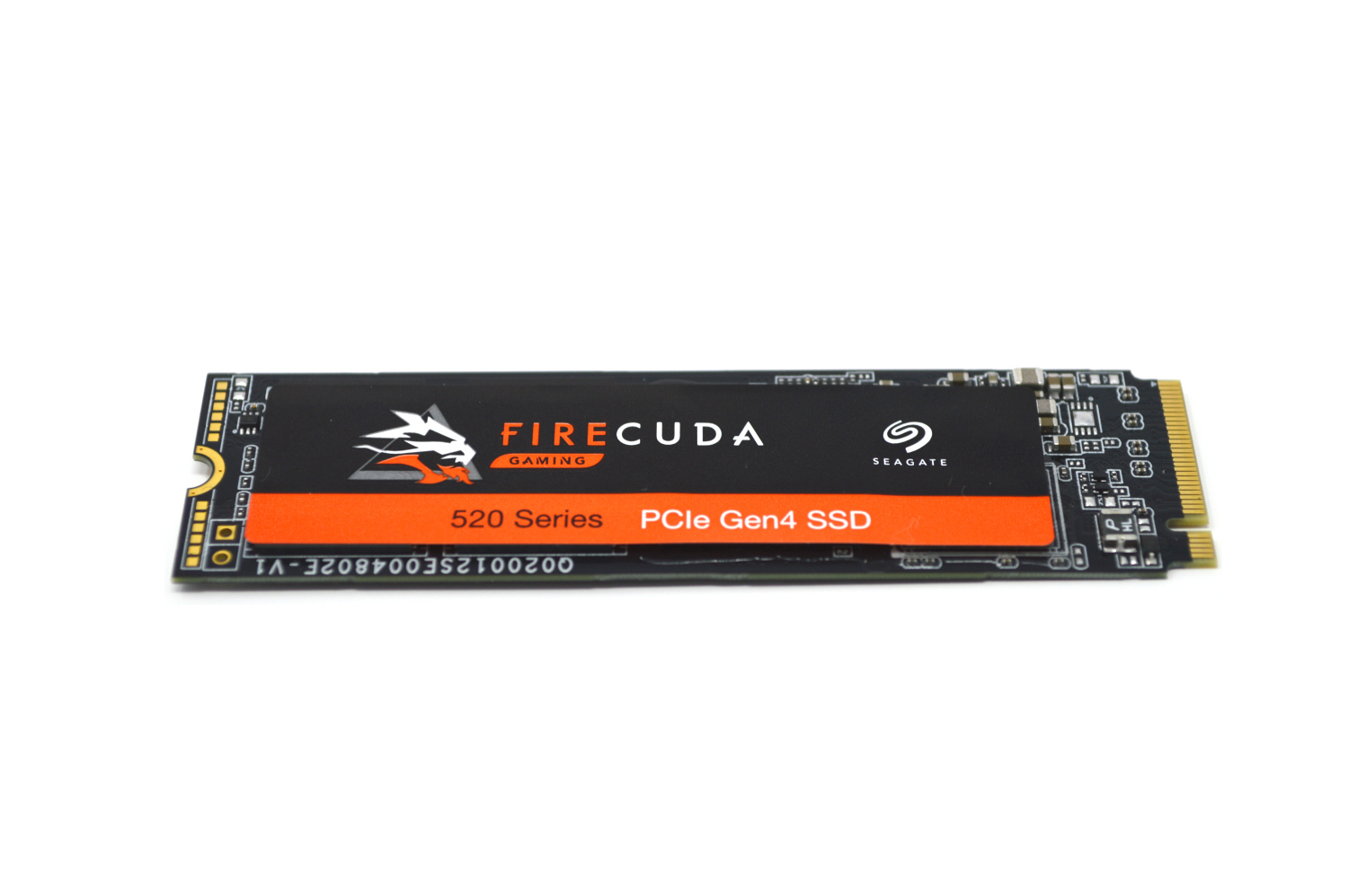
Overall the Firecuda 520 500GB left a positive impression. Eventually, PCIe 4.0 drives will improve in performance overall, since 5000MB/s is not the maximum speed of the interface, as well as improve on a per-channel basis allowing for better performance out of the lower capacity drives. For now, on the lower capacity drives the performance is only expressed in the read characteristics, and if that is where you need performance then the Firecuda 520 500GB should satisfy.



